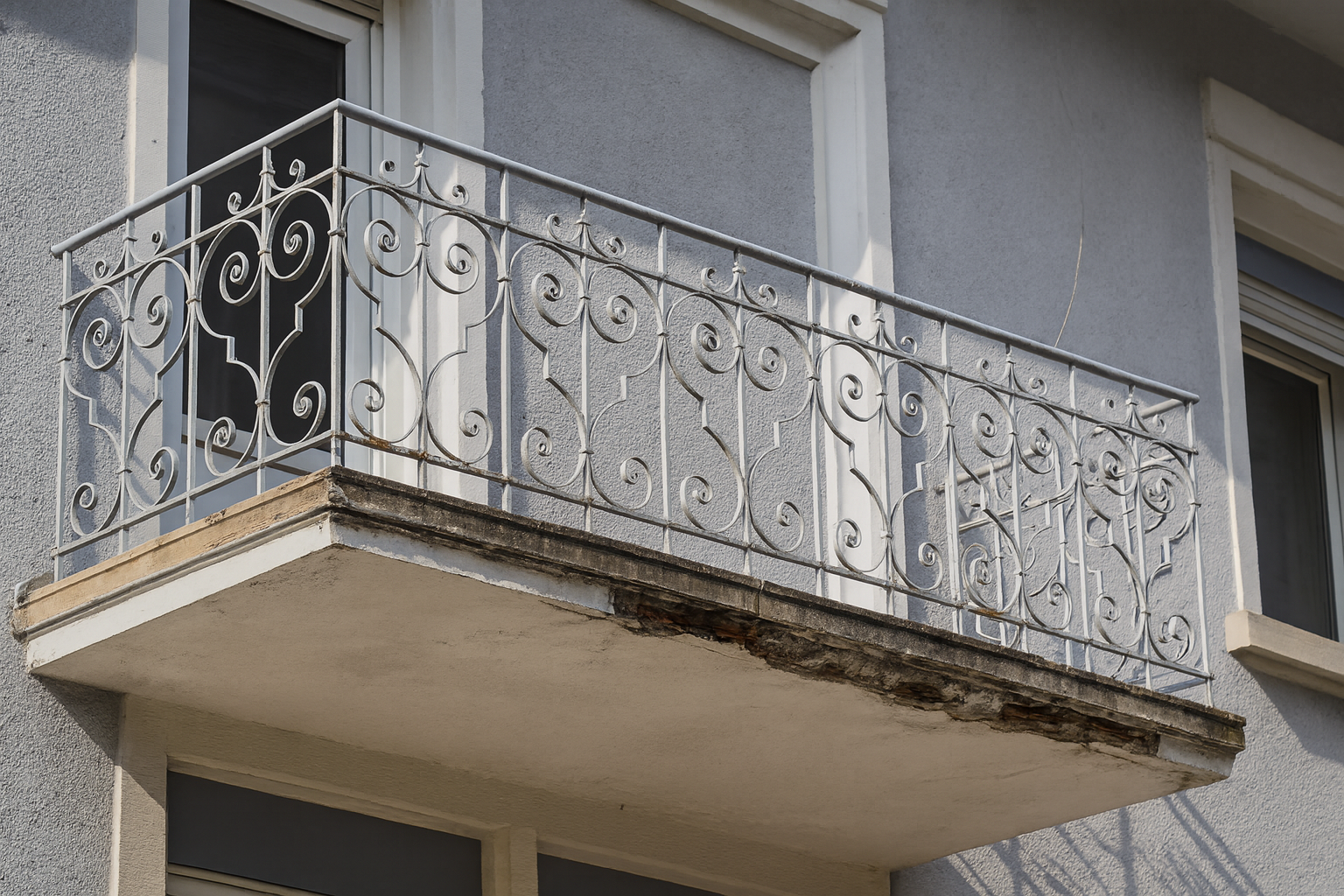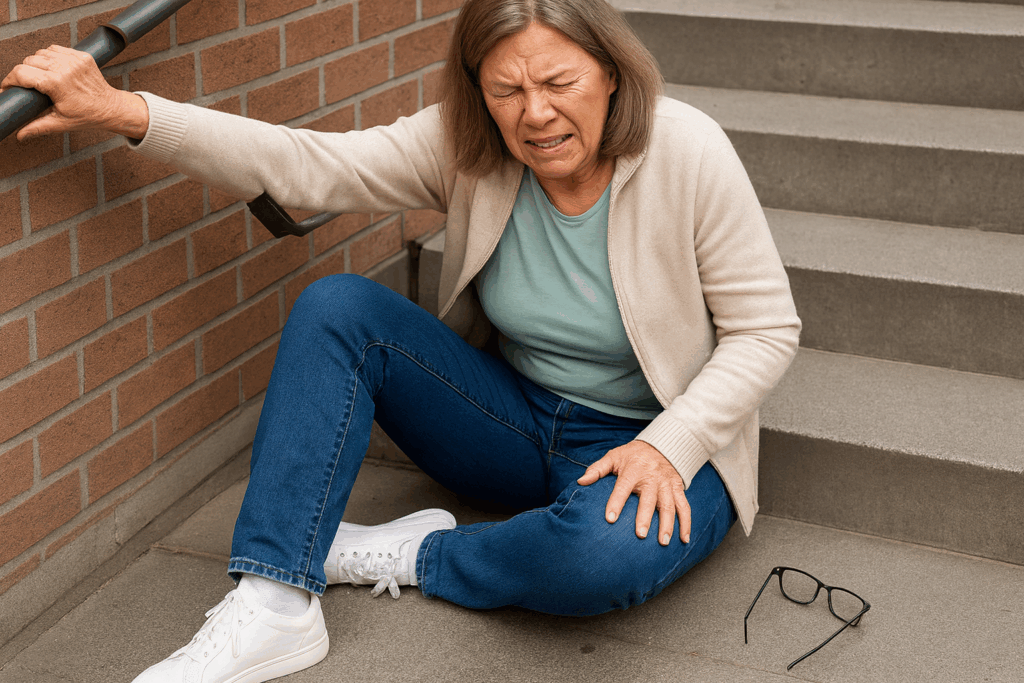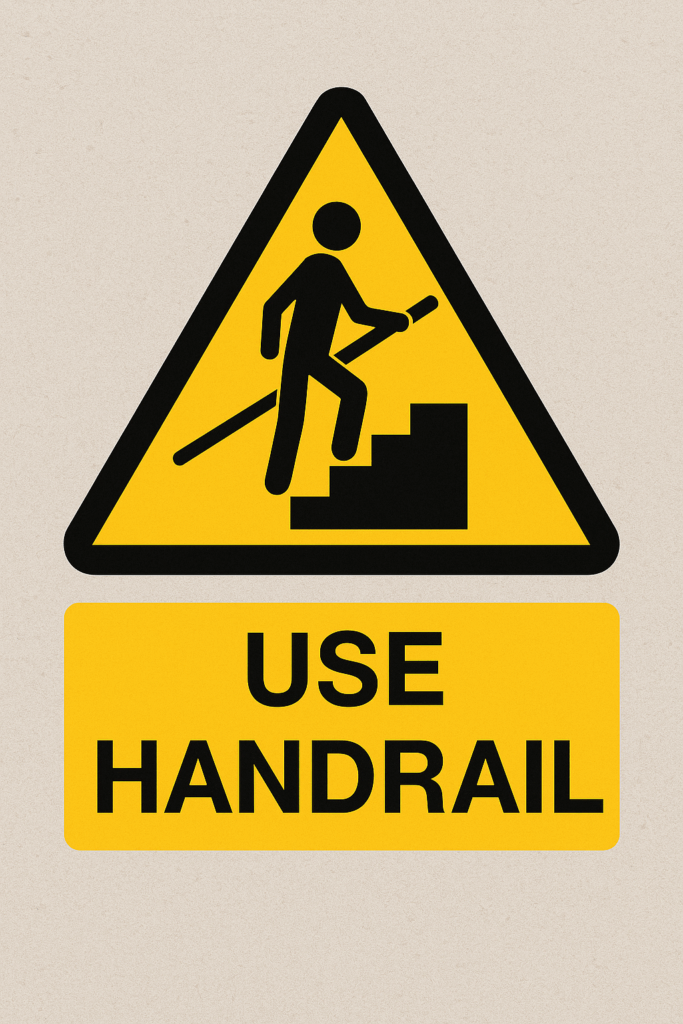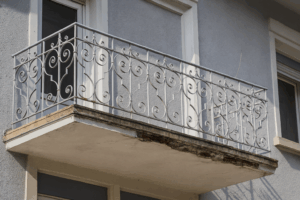
Loose or wobbly handrails might seem like a small inconvenience, but when they fail, the consequences can be life-changing. Many victims later wonder if they can sue for injuries caused by loose handrails, and the answer often depends on whether the property owner ignored a known hazard.
In this article, we’ll explain when you can sue for injuries caused by loose handrails, what evidence strengthens a claim, and how Thompson Law can help protect your rights.

Yes. Loose handrails are treated as a dangerous property condition. That means a property owner, landlord, or business can be held responsible if someone is hurt because of it. In most cases, you may be able to sue for injuries caused by loose handrails if the unsafe condition could have been prevented.
These cases aren’t limited to stair railings. Premises liability also covers:
A loose handrail falls under this same rule: owners can be held accountable, and victims can seek compensation.
Every successful loose handrail case must meet the same requirements as other premises liability claims. To sue for injuries caused by loose handrails, the claim must prove duty of care, breach, causation, and damages.
Property owners are expected to keep their property in a condition that is reasonably safe for lawful visitors. This includes ensuring that railings, stairs, and other structures are secure.
When an owner ignores repairs or fails to keep handrails properly maintained, they fall short of that responsibility. A loose or unstable railing is a clear example of this breach.
It must be shown that the property owner’s failure to repair or secure the handrail directly led to the accident. Without this link, liability cannot be established.
Finally, the injured person must prove that the fall caused actual harm, such as medical bills, missed wages, or lasting pain.
There’s also one thing to consider: the reason why you were in the premises in the first place. The law separates visitors into distinct categories:
Someone invited onto the property for the owner’s benefit, like a customer in a store. Invitees are owed the highest duty of care, which includes inspecting the property for dangers and fixing them promptly. Because invitees are owed the highest duty of care, a customer injured by a dangerous railing may be entitled to sue for injuries caused by loose handrails and recover full compensation.
A person who has permission to be there, such as a guest at a friend’s home. Property owners must warn licensees of any known hazards, even if they are not actively inspecting for risks.
Someone on the property without permission. Owners typically owe little duty to trespassers, though there are exceptions, particularly when children are involved.
Once you’ve settled that you belong in a visitor category that can rightfully seek compensation, here’s what to keep in mind in proving a claim for the loose handrails:
Negligence is shown when a hazard existed and the property owner either ignored it or failed to discover it when a reasonable inspection would have revealed the danger. A railing that shakes, pulls away from the wall, or lacks proper support falls under this standard.
Demonstrating that the unsafe condition was present and foreseeable is the first step.
The elements of liability are applied to the unique circumstances of a loose handrail injury. The owner’s duty was to keep the structure secure, the breach occurred when the hazard was not corrected, and the resulting fall ties that breach directly to the victim’s injuries. This framework explains how a property owner’s negligence can be directly tied to the harm you suffered, and why victims often sue for injuries caused by loose handrails to hold owners accountable.
Strong evidence is essential for proving that the hazard should not have been ignored. Examples include:
Older adults face a higher risk of serious injuries from stairway falls; for practical tips on fall prevention, review the CDC’s guidance and ensure handrails are secure, continuous, and properly installed.
Presenting strong proof increases your chances of success if you decide to sue for injuries caused by loose handrails. This will help prove that the injury was the result of preventable neglect.

The aftermath of a fall caused by a loose handrail often extends far beyond the initial injury. When you sue for injuries caused by loose handrails, compensation can include not only immediate medical bills but also future care, lost income, and pain and suffering:
Pursuing compensation ensures that the financial burden of a fall does not rest solely on the injured person, but instead on the party who allowed unsafe conditions to remain.
Experience matters in premises liability cases. Thompson Law has a track record of holding negligent property owners accountable and securing fair results for victims.
Clients choose us because we:
So, can you sue for injuries caused by a loose handrail? It depends on the details, but if unsafe conditions caused your fall, you may have the right to seek compensation.
Every case is unique. The best way to know your options is to talk with a lawyer who has handled these cases before. Thompson Law has the experience, resources, and dedication to fight for the compensation you deserve. With over $1.9 billion recovered for clients and a reputation built on trust, the firm is prepared to stand up to insurance companies and protect your rights.
If you’re wondering whether you can sue for injuries caused by loose handrails, the best step is to contact Thompson Law for a FREE CONSULTATION and case review. You pay nothing unless we win your case, and our team is available 24/7 to provide immediate guidance when you need it most.
Serving clients in:

Yes. A loose or broken handrail is considered a dangerous property condition. If the property owner knew — or should have known — about the hazard and failed to fix it, you may have a premises liability claim to recover medical costs, lost wages, and pain and suffering.
Property owners, landlords, or businesses can be liable if their negligence caused the unsafe condition. In some cases, maintenance companies or contractors may also share responsibility if their work contributed to the hazard.
Strong evidence includes photos or videos of the unsafe railing, witness statements, building code violations, maintenance records, and proof that the owner had time to fix the hazard but didn’t.
Compensation may include medical bills, lost income, future medical needs, pain and suffering, reduced quality of life, and home or mobility modifications if your injuries are long-term.
Yes. Your legal rights depend on whether you were an invitee (customer, tenant), licensee (social guest), or trespasser. Invitees are owed the highest duty of care, while trespassers generally have limited rights, except in special circumstances involving children.
Each state has a statute of limitations that sets a deadline for filing premises liability claims. In many states, this is two years from the date of injury. Talk to a lawyer quickly so you don’t miss your filing window.
Both landlords and property managers can be liable for unsafe conditions in common areas such as stairwells and hallways. Renters can often pursue claims if the landlord failed to make repairs after being notified.
Sí. Hablamos español. We provide bilingual support so Spanish-speaking clients have full access to our attorneys.
Contact Thompson Law for a FREE CONSULTATION!






Thompson Law charges NO FEE unless we obtain a settlement for your case. We’ve put over $1.9 billion in cash settlements in our clients’ pockets. Contact us today for a free, no-obligation consultation to discuss your accident, get your questions answered, and understand your legal options.
State law limits the time you have to file a claim after an injury accident, so call today.